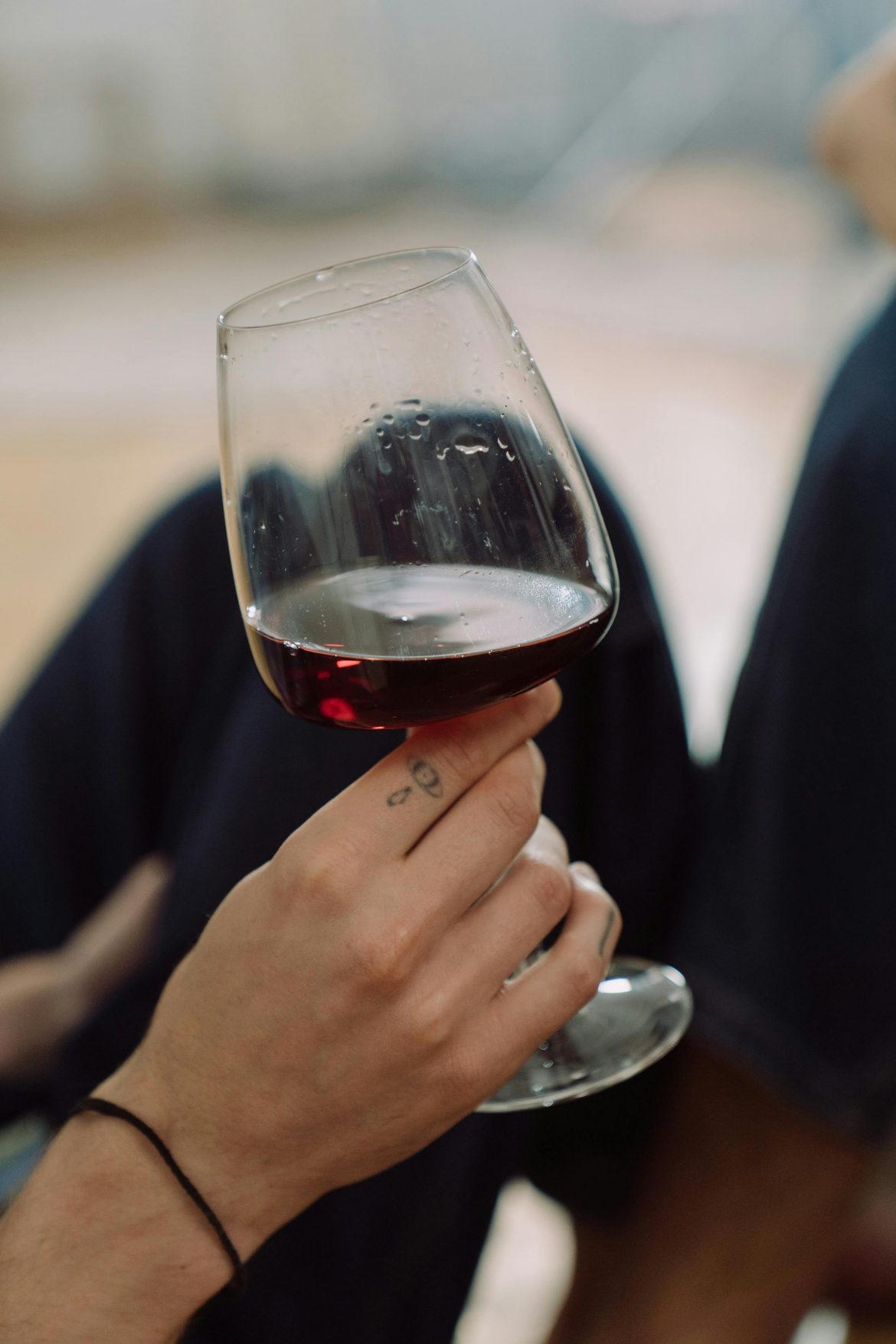Wine tasting isn’t just for sommeliers in sleek suits or those who can identify “notes of blackberry and oak” with one sniff. It’s a sensory experience – one that anyone can enjoy with a bit of curiosity and a willingness to slow down.
Whether you’re hoping to impress on your next wine farm visit or simply want to understand why your favourite red pairs so well with dinner, here’s how to taste wine like you’ve done it a hundred times before.
Read more: 5 Clever uses for leftover wine
The swirl
It may look a little dramatic, but swirling has a purpose. It helps oxygen mix with the wine, unlocking aromas and softening the taste. Think of it as letting your wine wake up.
Place your glass on a steady surface, hold it by the stem, and give it a gentle circular motion. You’ll notice thin streams – called “legs” – running down the inside of the glass. These can hint at the wine’s alcohol level; more legs usually mean a higher alcohol content.
Just one rule: don’t swirl your bubbles. Sparkling wines and Champagne lose their fizz when aerated, and that’s half the joy gone.
Take a good look
Before you sip, look. The colour can tell you more than you think. Hold your glass at a 45-degree angle against a light background and observe.
A deep, vibrant red often means a younger wine full of tannins and energy. As reds age, they fade to soft brick or amber tones. Whites go the opposite route – bright and golden when young, turning honeyed or slightly brown as they mature.
There’s no need to memorise colour charts; it’s about becoming aware of what your eyes (and soon your taste buds) are picking up.
Read more: A guide to hosting a wine tasting at home
Smell, then smell again
Your nose does most of the tasting work, so take your time here. Gently swirl again, bring the glass to your nose, and breathe in. You might catch hints of fruit, spice, herbs, or even earth. Take another sniff after a moment – you’ll often notice something new.
Younger wines tend to burst with fresh, fruity notes, while older ones often lean towards spice, nuts, and deeper, savoury aromas. Don’t worry if you can’t immediately identify “raspberry” or “toasted oak.” Simply noting whether it smells fruity, floral, or earthy is a great start.
Taste mindfully
Now, for the best part. Take a small sip and let it roll across your tongue before swallowing (or spitting, if you’re tasting several). Notice how it feels – smooth, sharp, dry, sweet?
Between wines, nibble a plain cracker or small piece of bread to reset your palate.
Try to describe what you taste, even if it’s simple: “juicy,” “smoky,” or “fresh.” Wine tasting isn’t about being poetic; it’s about paying attention.
To spit or not to spit
At formal tastings, spitting isn’t rude – it’s smart. Professionals do it so they can sample many wines without feeling the effects.
If you decide to spit, do so with purpose. Round your lips and let the wine flow in a steady stream into the spittoon. It’s not glamorous, but with a bit of practice, it’s far from messy.
If you’re there to enjoy the experience rather than analyse every pour, go ahead and swallow – just pace yourself. Ten “tasting pours” can quietly turn into a full bottle.
Tasting wine like a connoisseur isn’t about rules or right answers. It’s about noticing the little details – the colours, the aromas, the way flavours change as you sip. The more you pay attention, the more you’ll discover.
So next time you raise your glass, don’t just drink it – experience it. The difference between a sip and a taste is all in the pause.
ALSO SEE: HOW DIFFERENT GLASSES AFFECT THE TASTE OF WINE AND CHAMPAGNE
How different glasses affect the taste of wine and champagne
Image: Pexels

